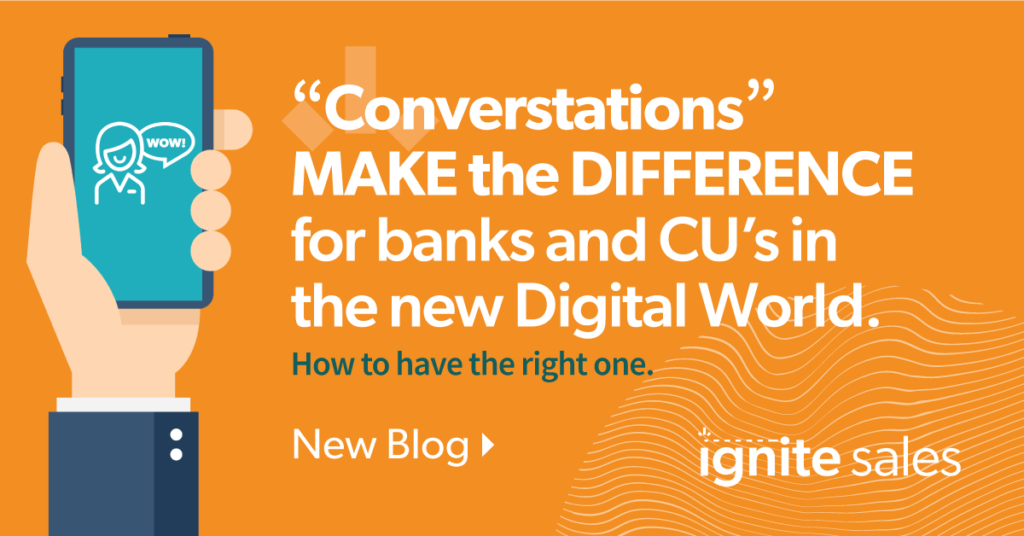Improve Customers’ Financial Wellbeing and Gain Customers for Life
Financial wellbeing is more than just the latest feel-good financial services buzzword. It’s a prescription for addressing your banking customers’ essential economic concerns in order to look after their long-term financial wellness – and increase the likelihood they remain your customers.
If you’re not asking about your banking customers’ wellbeing, then you’re letting them find support elsewhere.
That’s right: addressing financial wellbeing is a recipe for a healthy customer relationship.
Show You Care about their Financial Wellbeing
For your customers, voicing anxiety about finances can be a symptom of bigger problem. It’s not unusual for people to express concerns about money with so many upheavals happening during the pandemic.
In fact, according to Forrester, the number of people anxious over their finances went from 21% before COVID-19, up to 46% during the height of COVID-19.
When you hear customers expressing economic worries, you have an opportunity to address their financial wellbeing – and to help them lay plans for a more secure future.
Financial Wellbeing vs Financial Wellness
Financial wellness and financial wellbeing may seem like interchangeable terms, but they are not the same thing. Financial wellness looks at the steps and actions your customers can take to ensure a healthier financial future.
Financial wellbeing, on the other hand, is concerned with how your customers are feeling about where they stand right now from a financial perspective. In a way, financial wellbeing may have more to do with perception than with data. That can be a difficult thing to address with a balance sheet. But taking the time to do it can help you win long-term customer loyalty.
Financial wellbeing is about how “how you feel” but financial wellness is about “what you do.”
For banks, raising the issue of financial wellness has become a way to encourage and embrace conversations with customers. But if your customers are not in a good place from a financial wellbeing standpoint, they might resist conversations focusing on numbers. You need to address their emotional needs first.
You Need to Ask
Understanding your customer’s financial wellbeing requires an awareness of how they feel they’re doing. While financial wellness might show how they’re doing from a plus and minus standpoint, it doesn’t reflect how customers feel about where they currently stand.
It’s possible – and considering the heightened anxiety over financial issues right now, possibly likely – that your customers think they’re performing worse than what the hard numbers say. This could be for hundreds of different reasons, ranging from jealousy over a sibling’s recent house purchase to fears that the company they work for could downsize. If you don’t ask, then you don’t know.
In order to get a sense of your customers’ financial wellbeing, you need to have a system in place that ensures your agents reach out to customers and ask the right questions. Gaining a clear picture of your customers’ concerns and where they feel insecure will provide your team with data and a pathway to offer them help.
You Must Understand Their Goals
Why do people feel financially unsafe, even when the numbers indicate they’re doing well? It’s because their goals differ from what the financial wellness figures track. When your representatives reach out to understand a customer’s wellbeing, they also must get a sense of the customer’s goals.
Tracking those goals within your customer management tools will help your representatives ease your customers’ concerns. From there, your team can offer your customers personalized tactics to achieve their goals. That will go a long way toward easing your customers’ financial worries.
Since financial wellbeing has to do with much more than dollars and cents, it’s crucial for agents to have these open conversations with customers about goals. If they don’t, then your customers will look elsewhere for answers, which means a lost opportunity for your bank.
You Don’t Need All the Solutions
Your financial institution doesn’t need to provide all the solutions in-house that your customers need for these types of conversations to be valuable. Instead, your agents can offer a listening ear, point out solutions that the bank does provide, and connect the person with additional services or companies that may help solve the other concerns. You’re likely connected to all sorts of individuals and companies that can support your customer’s financial needs, whether they’re planning for retirement, trying to get out of debt or simply seeking to earn more money.
Think of it like this: When someone goes to a hardware store, the store might not fix an issue, but they can connect the customer to a contractor who can. Banks can offer the same type of help in the financial sphere.
Spark the Conversations
By taking a proactive approach to addressing your customer’s financial wellbeing, you will set your bank up as the essential resource your customers value as their wealth grows. Helping your representatives to ask the right questions by providing tools that prompt them with guided conversations, will make the difference between selling services and becoming valuable partners in your customer’s financial wellbeing.
Get our 5 Step Plan for Improving Your Customers Financial Wellness
Download our free guide to design a program to support your customers in achieving financial wellness.
Discover Customers’ Needs
The first step in leading customers to financial wellness is by accurately discovering their needs.
